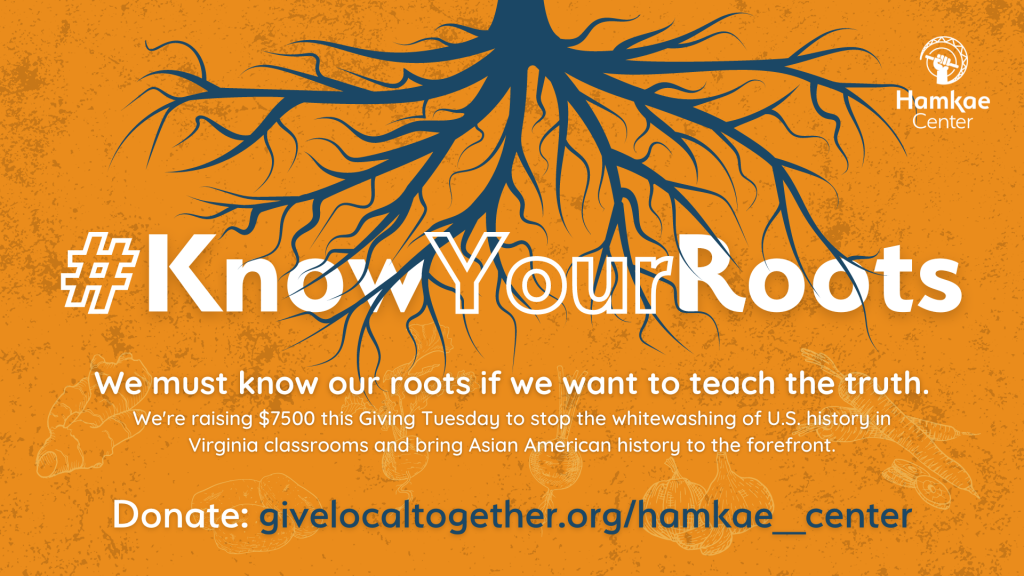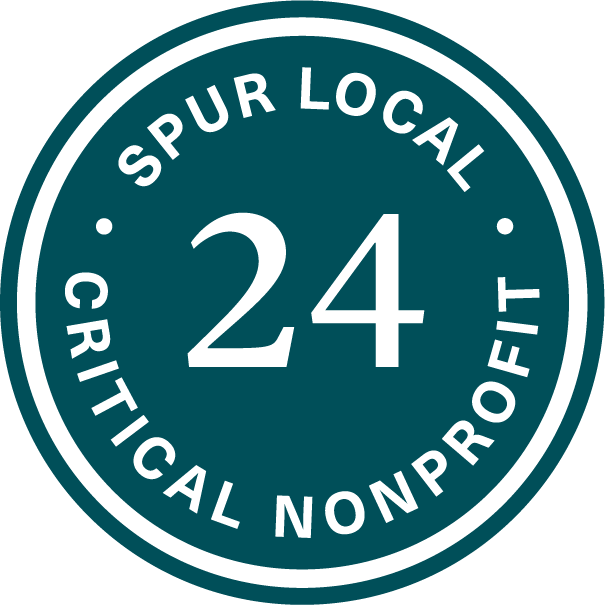I was a former student in Fairfax County Public Schools from preschool to 12th grade. My uncle fled to Virginia after the Fall of Saigon in 1975, and thanks to his sponsorship, my family and I were able to join him years later. There is a large Vietnamese population that calls Virginia their home now due to this war, and it is important for students to understand the challenges this community has gone through and why we try so hard to hold on to a piece of our heritage away from our home country. The Eden Center received a official Virginia historical marker earlier in 2022. Students should get the history of how this the largest Vietnamese shopping center on the east coast came to be here in northern Virginia.
Looking back on my education, I really wish I learned more Pacific Islander history. The most memorable lesson I had regarding Pacific Islander history was in my 10th grade World History 2 class. I can recall her making sure we pronounced the names of historical figures such as Queen Lili‘uokalani, the last sovereign monarch of the Hawaiian Kingdom. I still recall the pain of the Hawaiian people when the coup d’etat happened and the efforts the Queen and her people displayed to keep their kingdom. This was the only history class I truly remember.
That intentionality of ensuring that we learned the cultures and history of the people in places that the US had occupied allowed us to think more critically about the impact and influences of the US. I wish more of my history classes were like this. I wish we did not just learn about Hawaiian history through U.S. annexation but deeply about the people, their history, and the effect and impact that was made by the US to the Hawaiian people.
It is imperative that the new history and social standards here in Virginia encompass the rich history of Virginians and those who have come to make it their homes through the diaspora. It’s crucial to highlight migration, culture, and how it impacts our lives and experiences. Our education must include the truth and the depth of the history of our collective communities.
Ever since I learned the significance of taro to Native Hawaiian mythology, agriculture, health, and identity in the face of ongoing colonization, I’ve gained a greater appreciation for the root in my own culture. Taro is said to be native to southern India and southeast Asia, and Vietnamese people throughout the centuries have found countless culinary uses for the many varieties of taro that grow in Vietnam. It’s a versatile ingredient; I enjoy the slightly-sweet, nutty flavor it brings to crunchy appetizers (like chả giò), to sweet desserts (like chè khoai môn), to smooth drinks (like sinh tố khoai môn), and to warm soups/stews (like canh khoai môn).

Canh khoai môn is a dish that really highlights the richness of taro. It’s a simple soup, not elaborate or showy by any means, but it brings my family warmth on a cold weekday night. If you’re gathering with friends and family, you might already have dishes planned, but for the days afterwards where you’re looking for easy, filling dinner dishes featuring a root that might not be on that table, consider making canh khoai môn. We use the taro with the fuzzy exterior for this dish, and this is a recipe that my family and I trust.
Donate to Hamkae Center’s #KnowYourRoots Giving Tuesday campaign!



